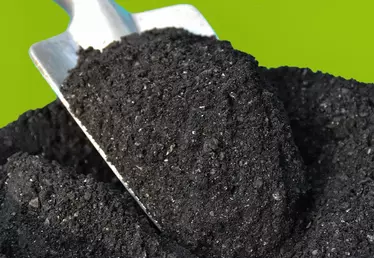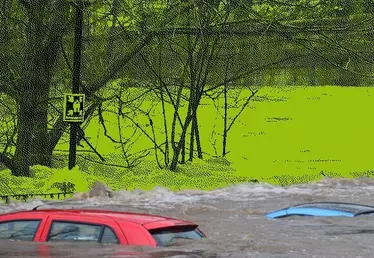

Hero banner custom title
What if you could reduce CO2 emissions at the beach?
4 min
Project Vesta, a fledgling Dutch NGO, has set out to reduce carbon dioxide emissions by replacing beach sand with green sand made from olivine, a volcanic mineral capable of absorbing large amounts of carbon.
Absorbing many tons of CO2 with green sand? No, it's not a joke – it’s a real project being driven by a fledgling Dutch NGO, established in 2019. The founders of Project Vesta firmly believe it’s possible to reduce carbon dioxide emissions thanks to this green sand.
Green sand? In actual fact it's a compound of olivine, a volcanic ore produced during volcanic eruptions. The iron silicates and magnesium present in the magma are propelled into the air and form olivine, a green colored ore.
The green color may surprise people and make the beaches a little less attractive, but we may well have to get used to it because this new sand is a promising avenue for reducing CO2 emissions.
In fact, despite the efforts of many countries, these emissions - which are largely responsible for global warming - continue to increase. According to a recent scientific study, global man-made emissions in 2019 reached 36.8 billion metric tons of CO2.
Tom Green, the director of Project Vesta, assures us that one metric ton of olivine can absorb a total of 1.25 metric tons of carbon from the atmosphere.
If his solution were deployed on only 2% of the world's beaches, it would absorb 100% of the annual human emissions. The NGO has raised 1.5 million euros to conduct real life tests on two beaches in the Caribbean.
Geoengineering innovation
So, what's at the heart of the Vesta Project? Accelerated weathering, an innovative geoengineering method that involves using the natural or artificial dissolution of certain minerals to remove carbon dioxide from the atmosphere.
The green sand -composed of the mineral olivine - is spread on beaches instead of "normal" sand. When seawater comes into contact with it, a chemical reaction takes place that alters the olivine, which then reacts by absorbing CO2 from the air to produce bicarbonate.
The bicarbonate thus released into the ocean (when the tide goes out) is consumed by marine organisms and transformed into rock or shells that store the CO2. So thanks to a natural process, the carbon dioxide in the atmosphere is stored by marine organisms and eventually forms limestone. In the long term, the creators of Project Vesta hope to transform 1,000 metric tons of CO2 into rock.











